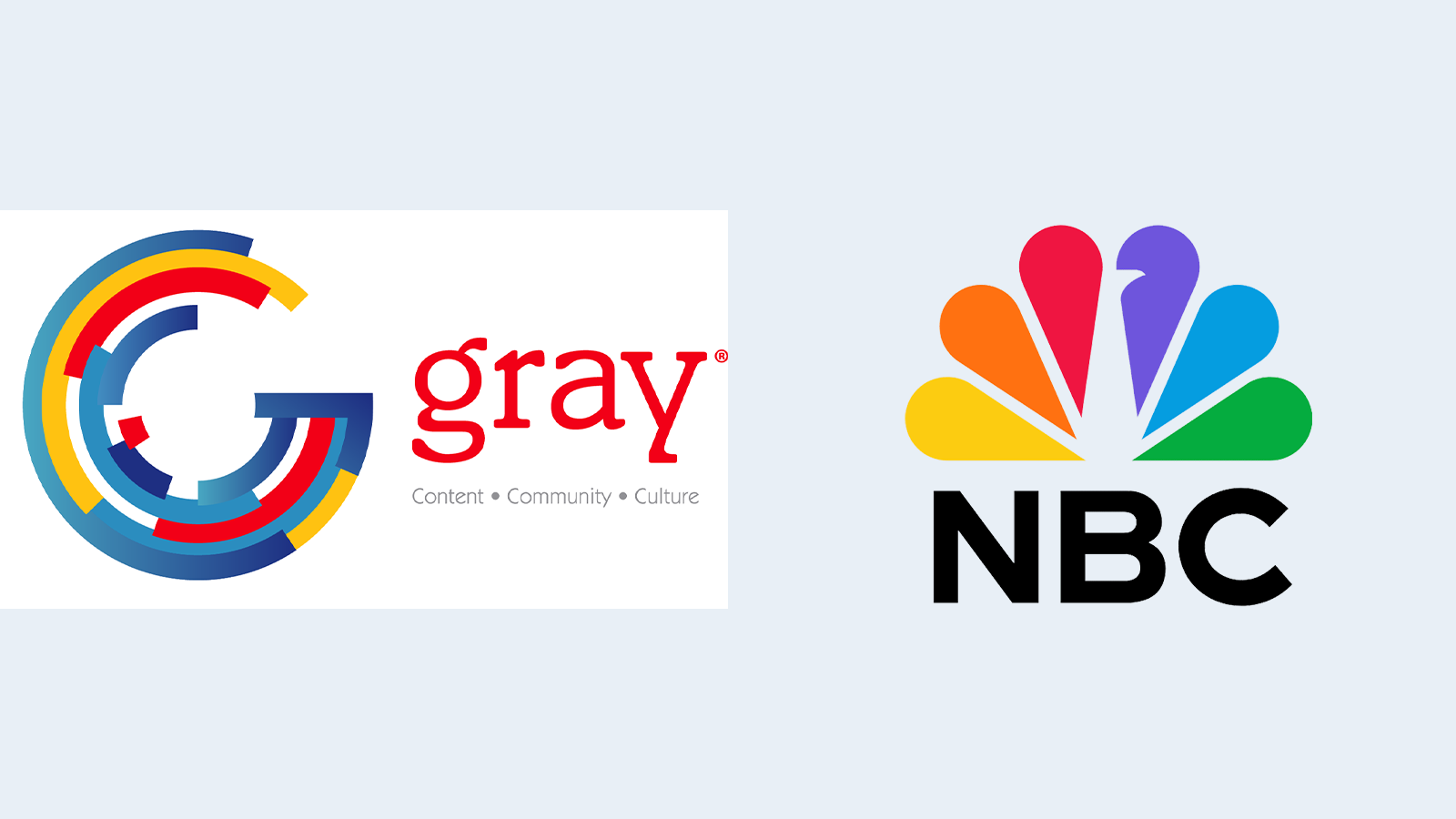Can Adobe Pass reinvent mobile TV?
Adobe Pass is an amazing new technology you may have never heard of, but may potentially be using to view mobile TV on your portable tablet or smartphone. Used recently during the Olympics and featured in the NBC Olympics app, Adobe Pass racked up more than 88 million authenticated streams during the games. What does the technology do? It makes it easier for users to view live mobile events and makes it effortless for systems such as cable companies to get live stuff into your hands in one automated step.

So when a cable system wants to provide live content to a device, it typically needs to somehow verify that the person is actually a subscriber. The old way of doing it involved cumbersome account creation. First, you had to go to the company's website, create a user account, and then every time you wanted to use the app, you would need to verify that you were really you by setting your name and password. These days, people are used to sitting down and watching a show. They don’t have the desire to be juggling names and passwords just to get to live streaming content. Sick of suddenly having to go to a website on your PC to authenticate a streaming TV service? Yes, we all are.
Adobe Pass 2.0 includes several layers of technology, most notably automatic authentication. Here’s how it works: Once you load up the app that is using Adobe Pass and then log in while in your home network, the software verifies that you are a subscriber. But instead of password-based, it’s IP address- or MAC address-based. Once Adobe Pass gives you the pass, then you are verified. You can then take the device anywhere — around the house or on the road — and you won’t need to re-log in; it already confirmed you are a subscriber of the cable company’s service.
Another cool feature of Adobe Pass is a Free Preview mode, which allows you to sample programming before you actually log in and are verified. It’s handy because it allows scenarios where the provider can push out enticing content before the user is fully on board, or even offer a free preview window to sample something that cannot normally be accessed without verification.
Adobe has recently backed away from pushing Flash for mobile devices, but is certainly focused on several other parts of the mobile experience, making it as easy as possible for consumers to connect to the portable digital content they want. Adobe has a whole initiative for mobile (called Project Primetime) that it wants to deploy in the coming months, which will offer new technologies for almost all platforms, including PC, Mac, Android and iOS. So even though you may not immediately see or know you are using Adobe Pass, you could be using the technology more and more in the future while watching live streaming TV on your mobile tablet or smartphone. If the process is getting easier, there is a good chance Adobe is behind it.
The professional video industry's #1 source for news, trends and product and tech information. Sign up below.
